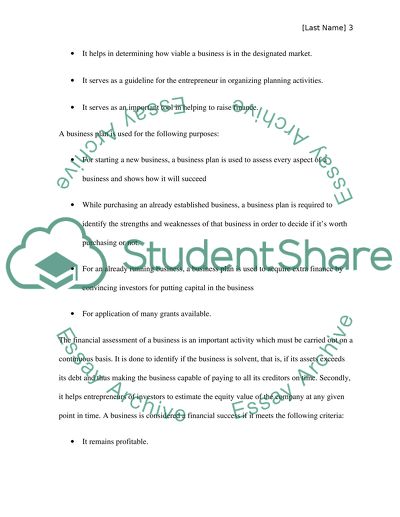Cite this document
(The Importance of a Financial Plan for a Business Assignment, n.d.)
The Importance of a Financial Plan for a Business Assignment. Retrieved from https://studentshare.org/finance-accounting/1565549-entrepreneurial-finance
The Importance of a Financial Plan for a Business Assignment. Retrieved from https://studentshare.org/finance-accounting/1565549-entrepreneurial-finance
(The Importance of a Financial Plan for a Business Assignment)
The Importance of a Financial Plan for a Business Assignment. https://studentshare.org/finance-accounting/1565549-entrepreneurial-finance.
The Importance of a Financial Plan for a Business Assignment. https://studentshare.org/finance-accounting/1565549-entrepreneurial-finance.
“The Importance of a Financial Plan for a Business Assignment”. https://studentshare.org/finance-accounting/1565549-entrepreneurial-finance.


